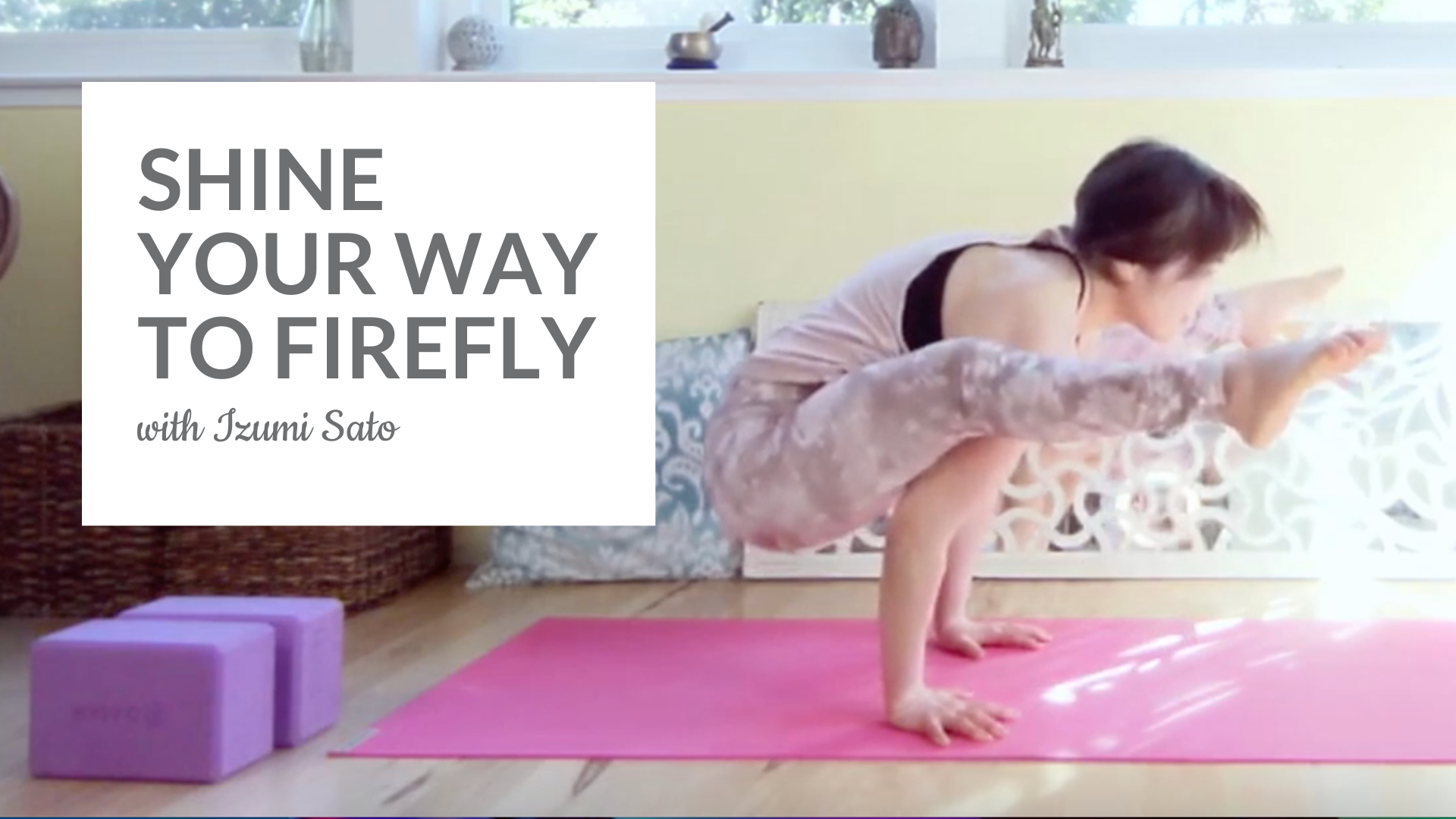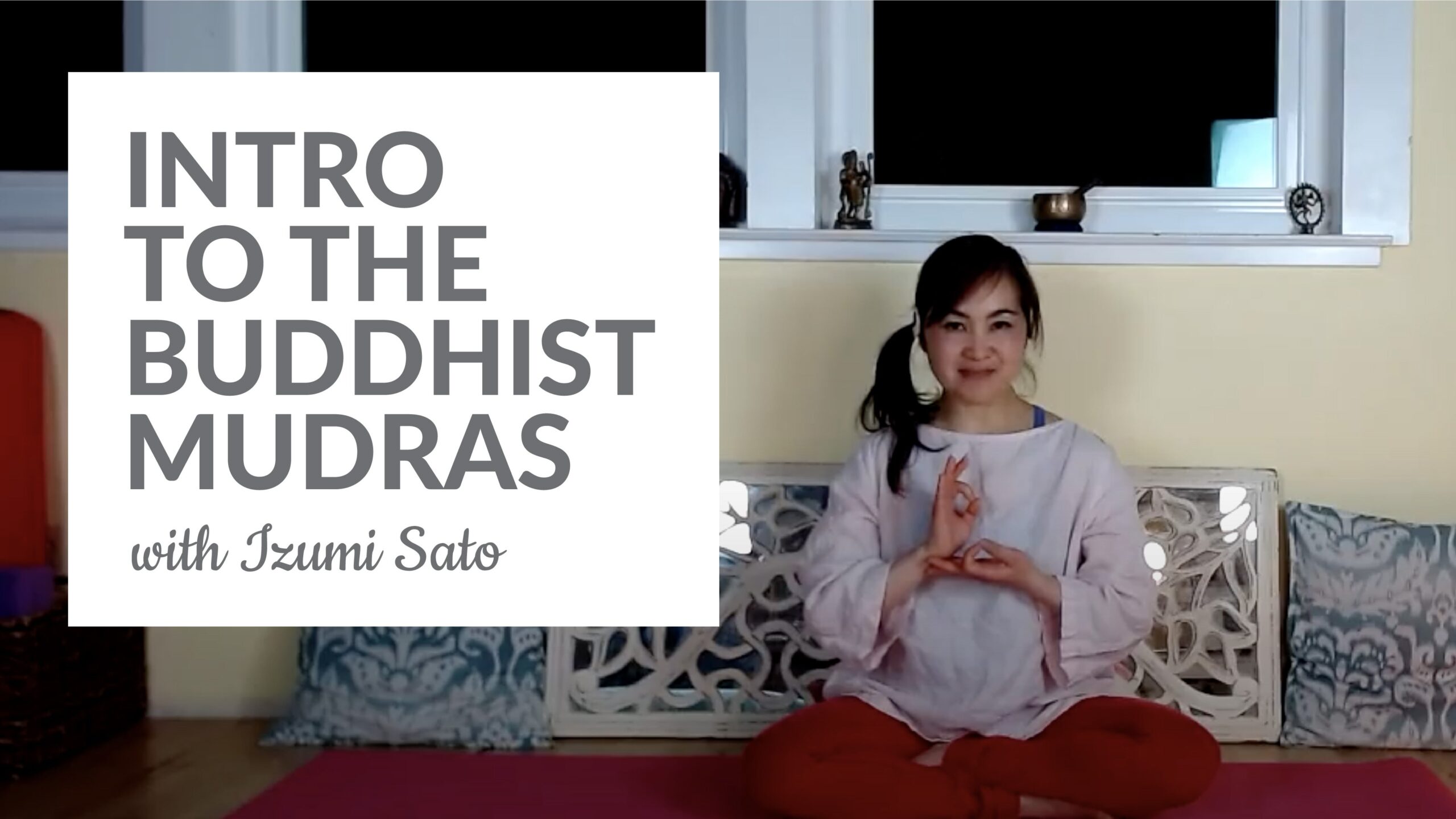If you have been doing yoga for a good length of time, you have likely noticed that your flexibility is increasing. Take downward dog for instance – there was probably a time (back when you first started practicing yoga) that holding this pose for more than three breaths felt like sheer torture for your hamstrings. And now, after a few years of regular practice, this posture has become somewhat of a resting pose. You find that you can be in it for longer periods of time without any of the previously experienced agony.
You may have been told that your yoga practice is making your muscles longer and that doing downward dog for all these years has changed the length of your hamstring muscles. Yay! And also, nope. The truth is that stretching doesn’t actually permanently lengthen a muscle. Stretching allows muscles to get longer for a very short period of time, but they do not stay that way.
So what is it about the yoga practice that helps us gain flexibility? To understand gains in flexibility, you need to understand your central nervous system and how stretching works. Your nervous system is the CEO when it comes to determining how deeply you can stretch. It relays information to all of the nerve endings inside of your muscles and tendons. When you stretch a muscle, the nervous system has a conversation with the nerve endings and either “allows” or “disallows” the stretch.
Inside every muscle are muscle spindles. When lengthening a muscle (a.k.a stretching), these little packets send sensory information to your brain telling it about the muscle’s condition. The brain will then have a chat with the motor nerves of the body, and the motor nerves will either continue to lengthen the muscle or tell the muscle to contract.
When the nervous system “disallows” a stretch, this is called stretch reflex. Once a muscle has reached a length the brain deems unsafe, the muscle will immediately contract to prevent injury or tearing of a muscle from overstretching. It’s an automatic evolutionary response.
Stretching Too Deep + Too Fast = “No way, Jose”
On the other hand, when the nervous system “allows” a stretch, it is called stretch tolerance. Stretch tolerance is just like it sounds; the nervous system receives enough input to allow the muscle to lengthen, but the stretch stops just shy of sending the nervous system into stretch reflex mode. Thus, a tolerance builds. And this tolerance builds more and more over time.
Stretching Slowly + Mindfully = “I’m cool with that”
So, does this mean that eventually you will get into that full split? Or finally get your leg behind your head? The answer is maybe, or maybe not. There’s lots at play when it comes to yoga postures. The stretch reflex and stretch tolerance are only two small pieces of a very big puzzle. Individual body proportions, joint mobility, spine shape, previous injury, and strength all play a role!














